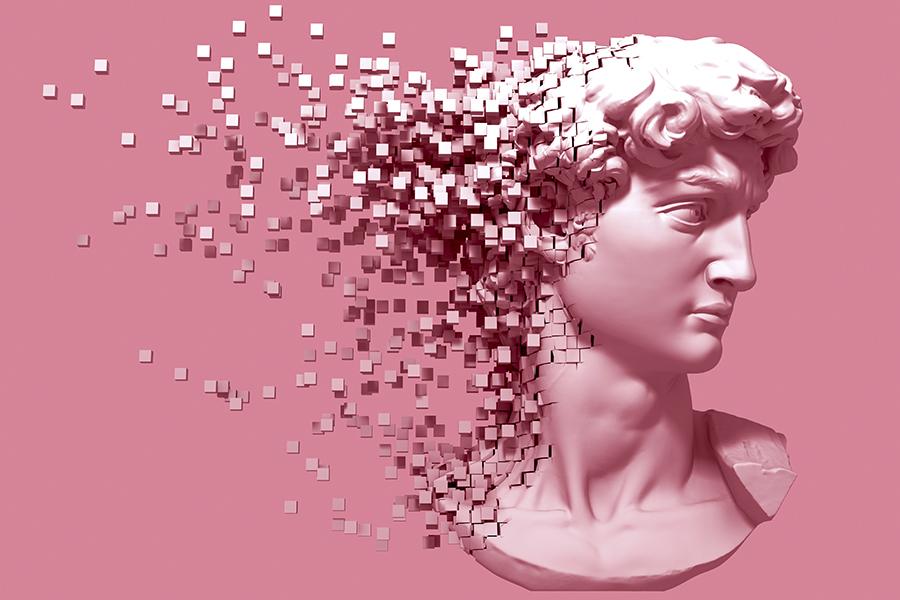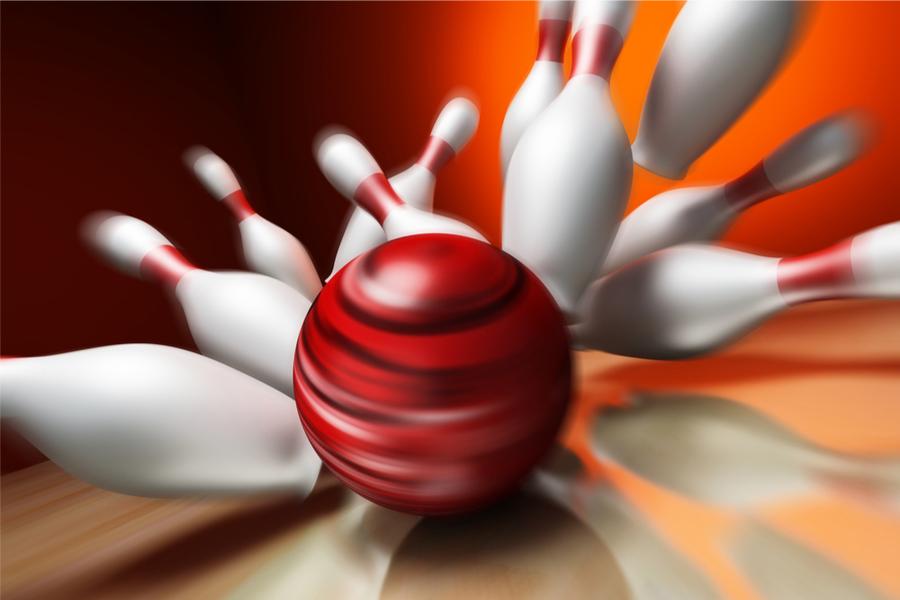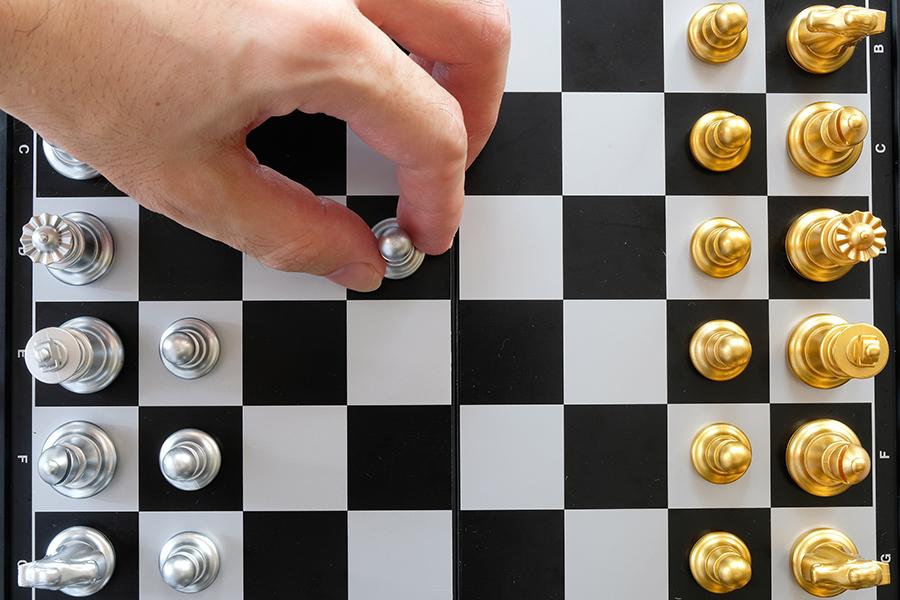The neglect of creativity is the data-driven marketer’s biggest mistake
Almost every other week I get an invitation to speak about some horrifically imagined ‘technology meets creativity’ type seminar. Marketing is becoming part data-engineering and part surveillance. It is referred to as ‘technology-enabled storytelling’ Metrics rule the world of brand building. I am all for harnessing the power of technology and data, but the mule cannot ride the man. The most precious thing in brand building is an idea. Creative imagination has unmatched power to build iconic brands. But this truth is being ignored perhaps because there are not enough creative ideas. [siteorigin_widget class=”SiteOrigin_Widget_Image_Widget”][/siteorigin_widget] Creative agencies are large corporations. They look at creative work in terms of revenue and cost. Doing culture building creative work is the most interesting thing to do in marketing. There is a lot of false pride in the creation of legendary creative personas. That said, it is beyond dispute that creative gold dust develops brand appeal. Consumers don’t read your annual plan, vision documents, emails, excel sheets or even the much hyped ‘briefs’. They only see the advertising. Consumers listen to other consumers. They experience the product. If the mix does not work, it does not work. Your ‘brief’ or ‘five-year plan’ will not convince them. I am shocked when I hear marketing folks, rhetorically or for real, questioning the need for advertising. The question walks on two legs—first, ‘is advertising effective?’ If so, ‘how do we know that more creatively appealing advertising is more effective?’ Sacrilege! If marketers discard and trash creativity and content-led communication, what hope do we have of anyone else carrying the torch? Here is my take—data, digital experience, optimisation, etc, all of this can be done by non-marketers. A program can do better in some cases. It is as if analysts, ad-tech specialists, and data scientists are falling from the sky for free. A lot of the froth is about what’s ‘being trended’. The symptoms are being shown in place of the diagnosis. The reason why advertising is ineffective is because there are poor advertisements air. And there are poor advertisements on air because creative ideas are rare and clients who appreciate them are rarer still. Second, the lack of creativity is covered up by some abracadabra about an “idea whose time has come” and “purpose”, and so on. Craft is rendered meaningless. If you make chicken biryani you need chicken. Making it with soya bean nuggets is not about the craft of cooking biryani. This truism is quite clearly and rampantly violated. The pipe does not quench the thirst, the water does. The guitar will not play itself. The road will not move the car. This emphasis on technical preparedness and digital advantage whilst ignoring creative appeal and craft is suicidal. Remember marketing-advertising has no need to be in this world. It is an act of creative smarts to begin with. We owe our existence to the primacy of ideas. We have data, machines, methods, metrics, and measurements galore. What we do not have enough is talented creativity. Let us put ideas at the heart of the marketing profession or a data-driven robotic program will generate your ‘acceptably creative’ obituary! https://www.forbesindia.com/blog/storyboard/the-neglect-of-creativity-is-the-data-driven-marketers-biggest-mistake/
The neglect of creativity is the data-driven marketer’s biggest mistake Read More »







